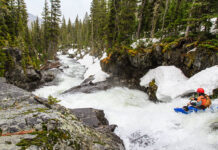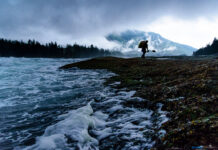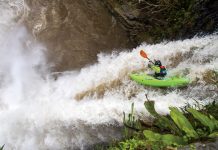It was a revelation when I first learned how to paddle a canoe backwards. Everything was so dramatically different. I was on the edge of control, where nothing feels natural and everything is new. But backwards paddling is not some idle trick; it brings real benefits to your paddling proficiency.
Learn how to paddle a canoe backwards
It was my dad who first got me going in reverse. He had returned excited from a symposium where he’d been canoeing with a freestyle paddler. “He said it almost like a mantra,” Dad told me and then he recited: “Anything you do forward you should be able to do backward.” It didn’t sound like a big deal, but then I tried it.
Paddling backwards is a great way to teach solo and tandem canoeists important concepts by taking them outside of their comfort zone. Not only does this translate into more efficiency and grace on the water, these are also skills that we can carry to moving water, whether back-ferrying a loaded tripping canoe or riding a sweet surf wave.
Initial tips for backward paddlers
There are two important pointers that will help for practising your strokes in reverse. For solo paddlers, the most common problem at the outset is trim. It is critical to have your weight in the center of the canoe, or a little forward of center, so you are not stern heavy.
Secondly, watch where you’re going! My clients get so focused on their strokes that they forget what the canoe is doing and they run into the shore, each other, me, and once, even a wading nudist.
All of the traditional strokes—including the J-stroke, draws and pries—are fair game for backwards paddling, whether you’re solo or tandem. For a fun beginner stroke that’ll make you think about blade placement, try a reverse running stern draw. Practice it and impress your paddling buddies with a reverse dock landing or reverse eddy turn in moving water.
The instructions below are for solo paddlers, but tandem paddlers can try this if the bow paddler performs continuous reverse sweeps to both initiate and power the turn, while the paddler in the stern follows the instructions described here from step two on.
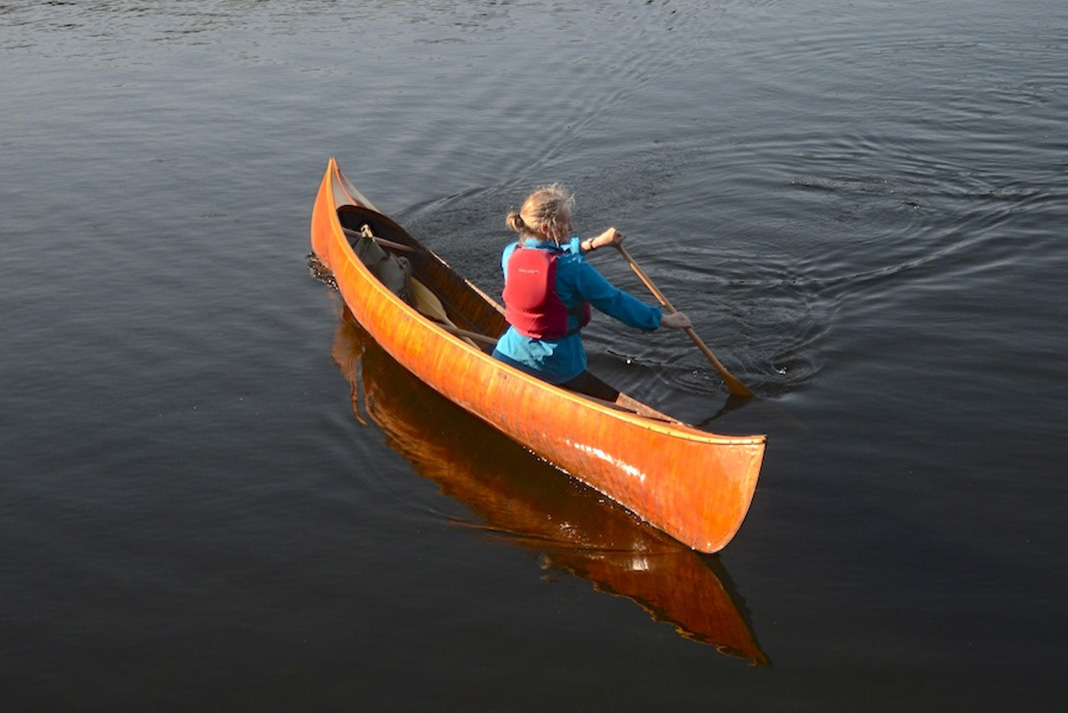
5 steps to paddle backwards
1 Reverse J-stroke
First, gain momentum going backwards in a straight line with a reverse J-stroke. Now, just like its forward counterpart, initiate a turn with a hard reverse J at the end of the stroke.
2 Set up the stern draw
With the turn starting, tilt the hull to the inside of the turn and slice your blade out and slightly behind you to set up the stern draw.
3 Carve the turn
Open the blade to catch water by turning your grip hand thumb out. Doing this slowly, and gradually introducing more blade angle, will allow you to use the momentum of the canoe and carve a beautiful turn.
4 Pivot your canoe
Hang on to the stern draw for as long as you can, allowing the canoe to pivot around your paddle.
5 Finish in style
For style points, finish off the draw with a palm roll and reverse J-stroke and now you’re set up to do the maneuver again, or maybe a reverse running pry sideslip, or a reverse low brace turn, or a reverse one-handed pry, or how about a reverse…
Becky Mason is owner and operator of Classic Solo Canoeing. She is a Paddle Canada Instructor Trainer and has been teaching people to go backwards, forwards and sideways for 27 years. Visit redcanoes.ca.
One stroke forward, two strokes back. | Feature photo: Reid McLachlan



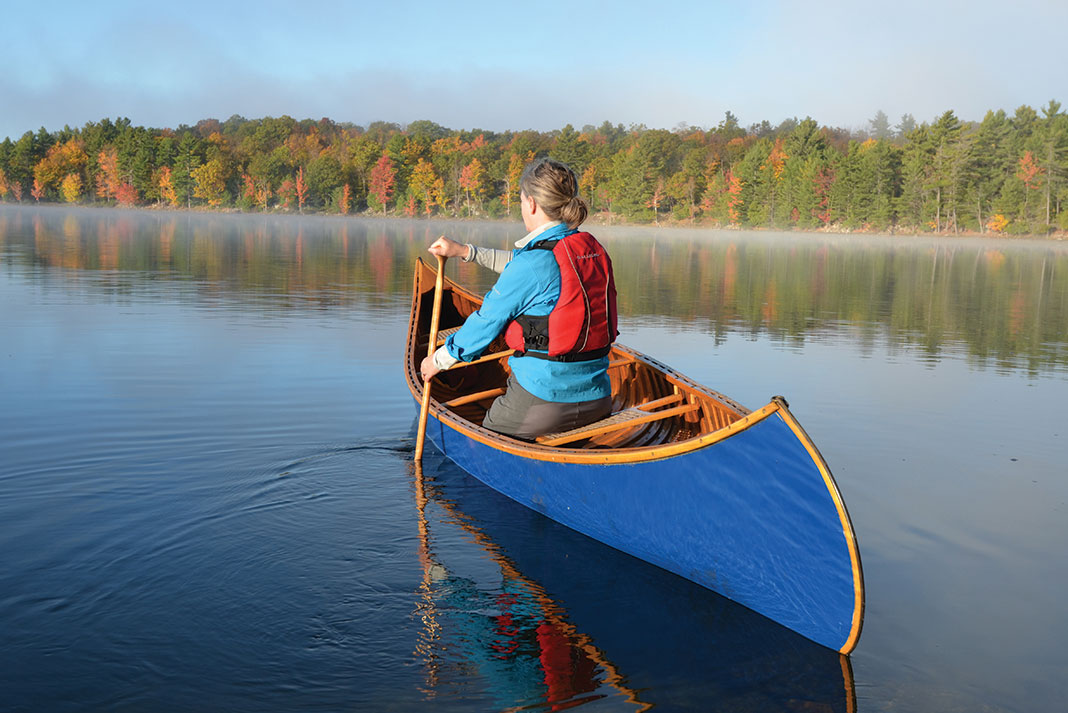
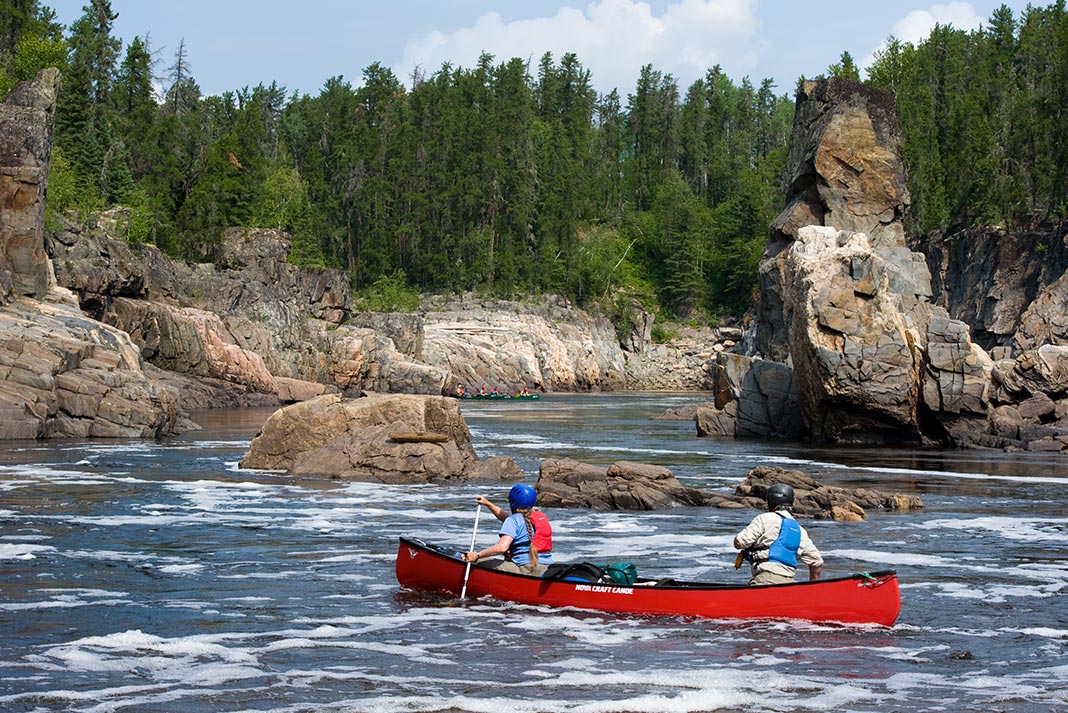
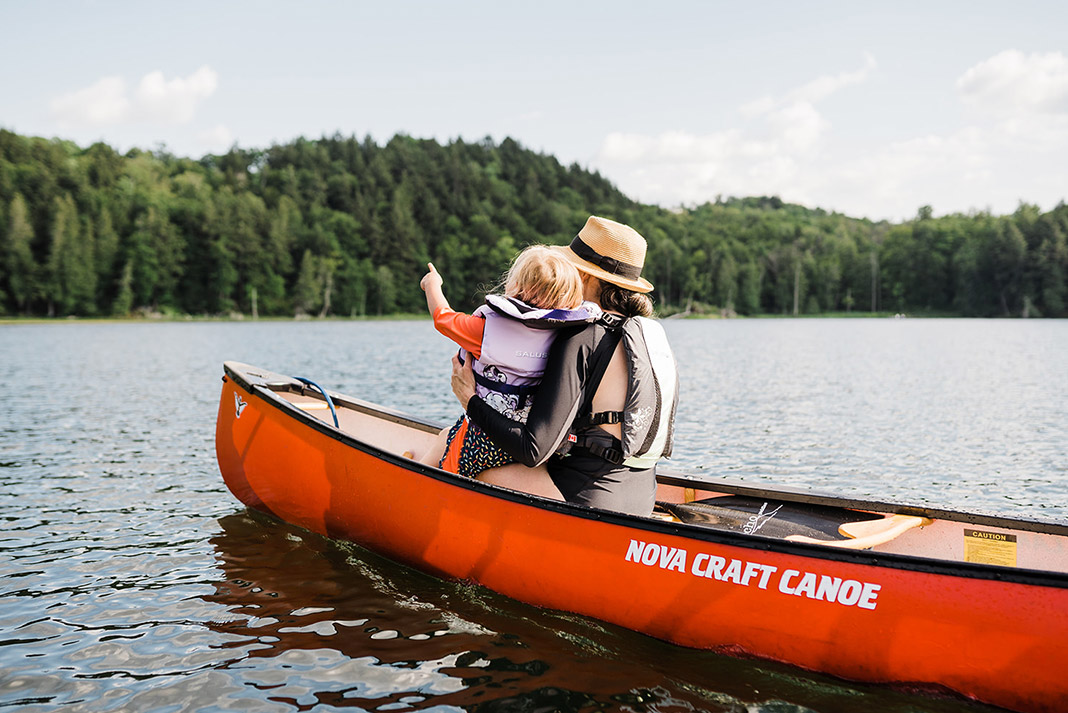
 This article was first published in the Summer/Fall 2014 issue of Canoeroots Magazine.
This article was first published in the Summer/Fall 2014 issue of Canoeroots Magazine. 
